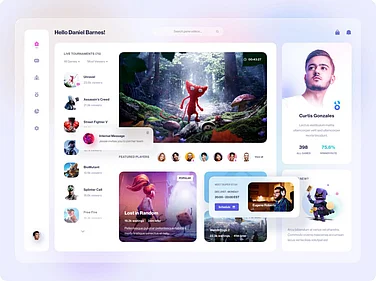India is home to a diverse tribal segment. There are approximately 550 tribes across India, constituting 8.6% of India’s population (census 2011), and approximately 87% live in villages.
Ever wondered what life is like in the rural hinterlands of India? “In 2009, when we at Literacy India started our journey in Purulia, West Bengal, these areas were marked as Maoist zone. The Blocks are remote; inhabitants are tribal; with no access to earning opportunities. The villages are located around forests and livelihood options were limited to wood collection and mono-cropping agricultural farming," reflects Capt. Indraani Singh, Founder Trustee, Literacy India.
Advertisement
Literacy India is a not-for-profit organization which provides education and employable skills to the most vulnerable sections of society thus empowering them while following sustainable environmental practices. In 2009, Literacy India started its intervention in the remotest parts of Purulia, 350 kilometers from Kolkata, with an aim to provide education and livelihood skills to empower women and girls.
“Schools were 10 kilometers from villages and surrounded by thick forests; Block Health Centre 15 kilometers away, no primary care nor ICDS centres. Women and children were the worst impacted, with rampant domestic violence and child marriages,” added Singh.
Almost 100% of those communities are tribal. Each tribal group has their own cultural history. To highlight a few, the communities consist of Sing Sardar Bhumij Group; Bhumij means one born from soil. The Birhors described as ‘people at periphery’ are hardcore hunters. Sabar lives mainly in Central and East India. During British Rule, this group was classified as Criminal Tribe and are still fighting that stigma. Life is hard from them, as they have lost rights to the forests, are regularly harassed with marginal or no access to Government schemes or policies.
Advertisement
“Our employment assessment survey in the areas reflected a desperate need for sustainable livelihood. We proposed the ‘learn while you earn’ methodology to empower tribal women, who turned out to be stalwarts in curbing forced migration, seasonal unemployment and alcoholism,” said Sanghamitra Chanda Project Director, Eastern Region in Kolkata ,Literacy India.
Tribal people have a natural inclination towards painting. “Their houses are art pieces; we trained them to convert this skill into a livelihood means. Since we wanted to ensure sustainable option, we trained women and set up a crafts project to generate employment. We helped set up self-help groups, get artisan cards and now they routinely receive projects to paint Government buildings. Their work is now international, being shipped globally,” added Capt. Singh
Literacy India follows and promotes sustainable environmental practices, and one of the livelihood options identified was organic agriculture. The women received hands-on training and know-how. “We also worked with Forest Department for collecting Shaal leaves from the forests. However extensive production of Shaal plates and bowls and market access was not consistent, hence we trained them in organic farming,” said Ms Singh.
“I was taught to sow and produce local vegetables. I was able to sell the home-produced vegetables at the local haat and earn Rs.250-Rs.500 per day. Literacy India helped me open a bank account and get Kisan Credit Cards,” said one of woman farmer from Munnibera village. “Before this, we operated home-made liquor shops and stayed at home after Captain Madam spoke to us, I along with other women closed the liquor business and are now fighting against alcoholism.”
Additional programs simultaneously executed include ICT-based education for children and adults. Digital Education brought in huge change.
Advertisement
Another critical need identified was education, especially for girls. With 99% illiteracy rate, girl child marriages were regular practice, leading to early childbirth, high infant mortality, and domestic violence. “Under our ‘Gurukul project’ we ran campaigns to reduce school-dropout rate, increase enrollment of girls and counsel families to delay marriages. We also supported meritorious students who had little access to higher education. We also provided scholarships to 131 students for higher education,” said Ms Sanghamitra Chanda.
The results speak for themselves. School dropouts have reduced by 75% with 0 dropouts in some years. 85% girls now enroll in middle school, thanks to the intervention of Literacy India. We provide financial assistance to girls for them to attend college. This has reduced incidences of child marriages, domestic violence and improved the health of the communities.
Advertisement
“Our quest to spread education took us to Ladakh. We initiated our education program through ‘Gyantantra Udbhav’; a self-paced digital software that imparts basic education in an enjoyable way. The software-based educational program has been running successfully in government primary schools across Indian; in 2018, we brought it to Ladakh,” said Captain Singh.
“In the last 25 years, we have managed to create a tangible, sustainable change in the deep tribal belt; specially for women. We started with the support of UPS Foundation and Tupperware India and today we have Clifford Chance and MasterCard India by our side; helping us strengthen our programs” concluded Captain Singh.




















